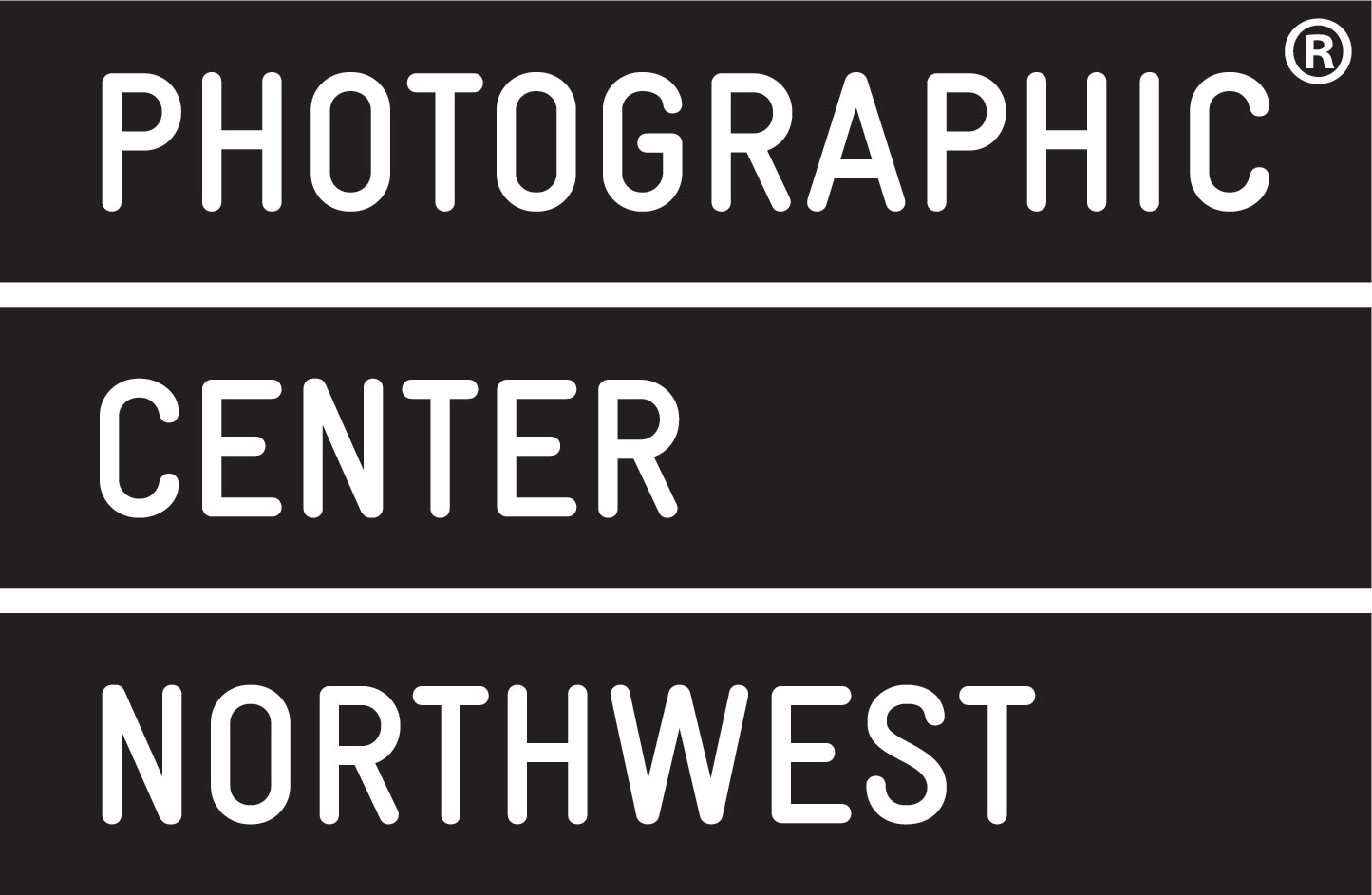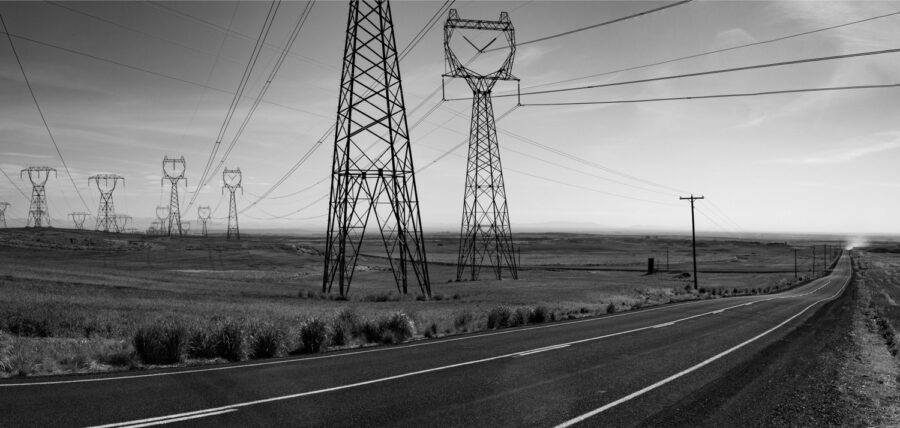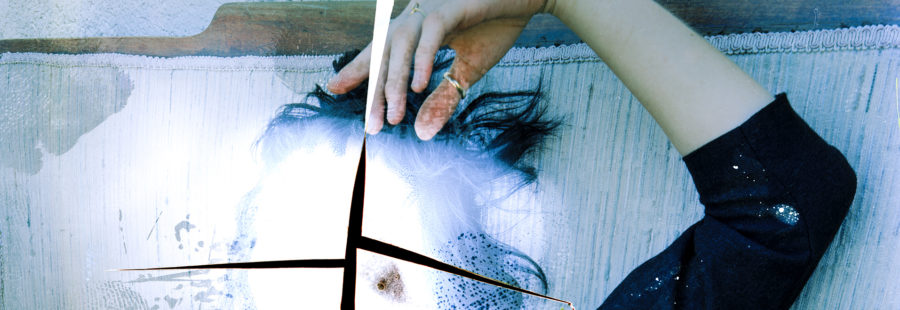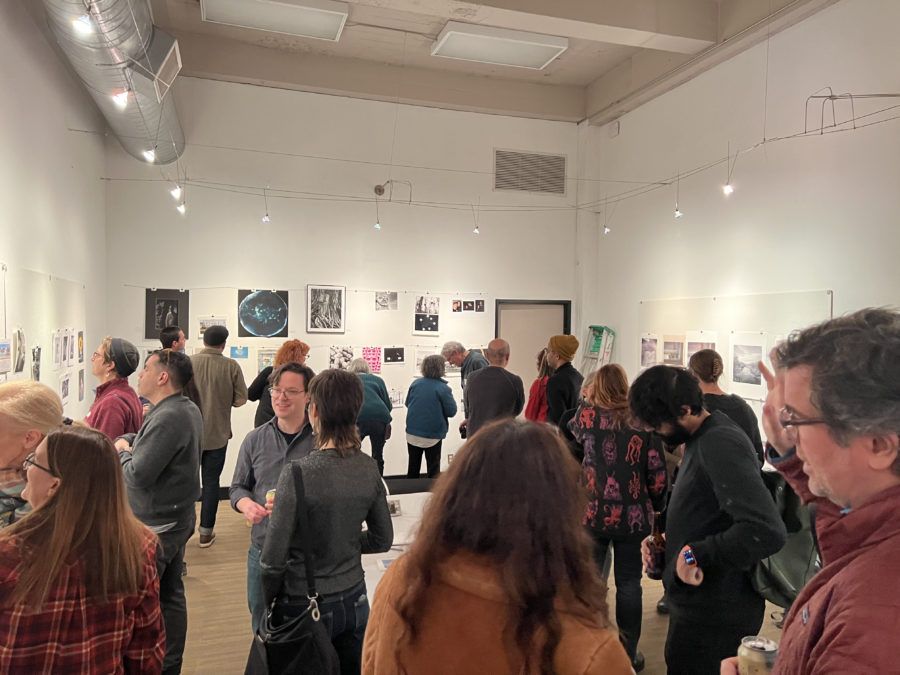Vaune Trachtman is an exhibiting artist in Imminent Existence, Photolucida‘s Critical Mass TOP 50 (2022). On view at the PCNW gallery from March 30 – June 4, 2023
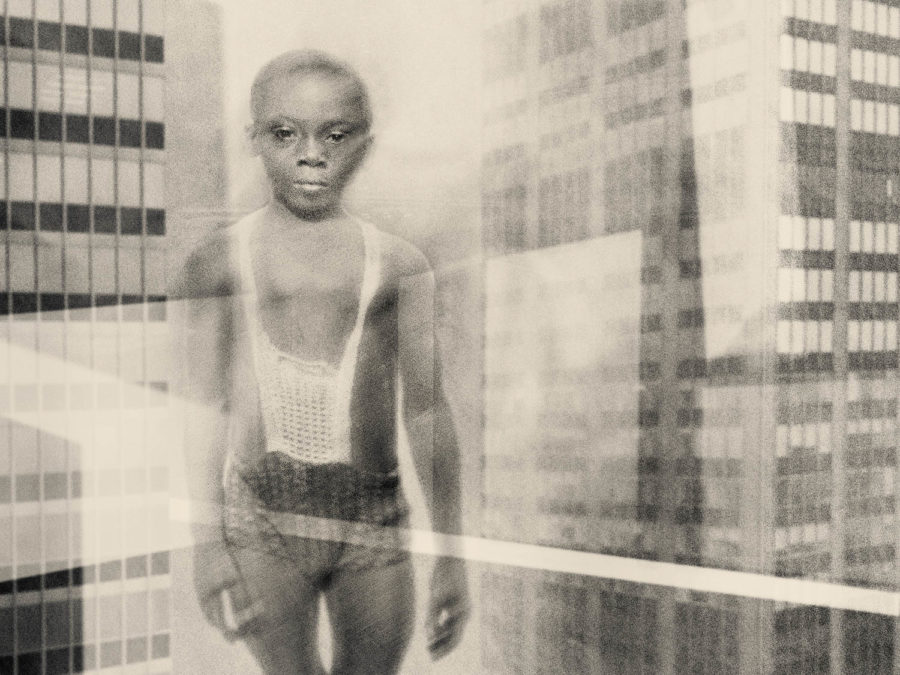
Vaune Trachtman (b. 1966, Philadelphia, PA; lives in Brattleboro, VT)
Singlet, 2021
Photogravure with surface roll on Shiramine Awagami paper with aka ink; combined film and digital capture (Vest Pocket Autograph
127 camera and LG flip phone camera)
Edition 1 of 8
Image 19.5 x 24 inches, framed to 21 x 25.5 inches
$1200 (for purchase inquiry, please contact Erin at espencer@pcnw.org)
I’m wondering if the Critical Mass review process brought about any meaningful connections with one or more of the reviewers?
Yes– they were all great in lots of different ways. I’ve continued to be in touch with many of the reviewers, and I’m glad Photolucida helped to forge these growing relationships. This includes the roving reviewers too.
Please tell us about yourself and which part of the world you currently reside.
I grew up in Philadelphia. My parents had both passed away by the time I was fifteen, and I moved around a lot as I became an adult. Along the way I attended a few schools and worked a lot of different photography-based jobs, including as a master printer of silver-gelatin prints and asphaltum-based photogravures, and, on the other end of the image-making spectrum, as a Photoshop specialist at TIME Inc. I loved doing all of it, but I ultimately concluded that the chemicals involved in traditional processes may have compromised my immune system. Also, working 100% digitally lacked the mystery of watching an image appear in a tray of developer and the physicality of etching a plate. I wanted to find a way to bring my interests in historic and digital processes together. That search led me to the direct-to-plate photopolymer gravure process. I describe myself as a photographer and printmaker whose work honors the methods and tones of historic processes but without the toxic chemicals. I live in Brattleboro, Vermont.
When did you first discover your love of photography?
As a kid, going to movies with my mom. She loved movies, and I remember her coming home from work and asking if my homework was done– I knew this was my cue to lie and say, “Yes, of course it’s done.” Then she would take me to the double-feature at TLA Cinema on South Street. I was eight or nine, watching foreign films I couldn’t understand, but that was okay because I was with my mom, and we were having popcorn for dinner. That’s where I learned to love cinematography. I feel like the images from those movies are ingrained in me. I learned that it’s possible to look at one still from a film– literally a fraction of a second– and still get a sense of a larger story. Throughout my childhood and when I became a teenager, I would sometimes stop what I was doing and look at the world in front of me as if it were a film still. I would focus on that moment, that location, the feeling it gave me, how it was lit, and the story it was trying to tell. Later, I saved up my babysitting money to buy a camera, so I could stay in those moments a little longer.
Please tell us about the individual piece that was selected to be included in this exhibit. Also, tell us a bit about the body of work that this is from.
Singlet came from a picture my father took in Center City Philadelphia during the Great Depression. The original picture has a Packard and Model T in the background. I’ve changed the setting so that the young man holds his own among skyscrapers. He feels monumental in that way to me. I love the force of his gaze. Photographs help us remember, and although I don’t know who this person is, he was connected to my father in some way, and I don’t ever want him to be forgotten. I like the title Singlet because it refers to what he’s wearing, but the first syllable also makes me think of music.
The picture comes from my series NOW IS ALWAYS, in which I’m combining 90-year-old negatives from my father (he was born in 1914 and was in his fifties when I was born) with my own images of public spaces where you can kind of feel the energy of the people who built them, or passed through them. In NOW IS ALWAYS, my father’s people fill those spaces. NOW IS ALWAYS is our collaboration across time.
Is it your intention to have your artwork bring attention to any current social issues?
I don’t really proceed with an agenda in the way. I proceed with the desire for the viewer to look at the past, and to have the past look right back. I want my work to make a connection with the viewer. I want to create a sense of time and timelessness, and perhaps create some empathy along the way. I want to participate in the expanding conversation about how and why images are made, because I think that whenever you can help expand a conversation, you are being an activist, even if you aren’t aiming your camera directly at a particular issue.
Who / what are your biggest influences?
I’m influenced by many photographers across the history of photography. I’m also influenced by music. But right now, today, this week, this month, I’m going to say that my mom is my biggest influence. I’ve been working with pictures of her, and she was a pretty incredible person.
“Behind the Lens” – Do you have any interesting or funny facts about the creation of your image?
I went through at least 20 different versions of Singlet with very different settings. It was a helpful exercise in letting go: I had to let go of how I thought the image should be, and listen to what the image itself wanted to be. I had to let the piece become independent of me and whatever intentions I may have initially had.
